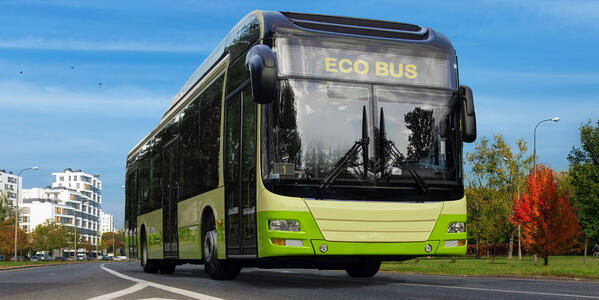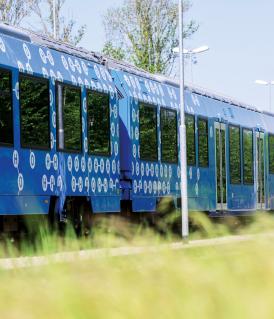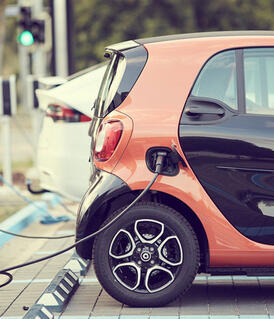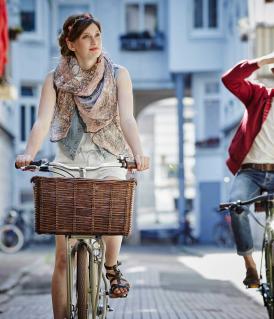Making local public transport more attractive

Local public transport plays an important role in mobility within Germany: Almost a quarter of Germany’s approximately 39 million households do not own a car. Hence, in 2019 more than 11.6 billion journeys were made by bus and train – and the figure has risen continuously since 2004. However, the Corona pandemic has triggered a fall in use of public transport.
Half of urban buses to be electric by 2030
Nevertheless, local public transportation remains an important factor in the mobility transition in Germany, so the Federal government Federal Government The Federal Government and cabinet is made up of the Federal Chancellor and the Federal Ministers. While the Chancellor holds the power to issue directives, the ministers have departmental powers, meaning that they independently run their respective ministries in the framework of those directives… Read more › is aiming to make it more attractive. Spending in this area is to be increased to one billion euros each year from 2021 – with the federal share even rising to two billion from 2025. The additional money will go towards expanding the local public transport network, as well as providing incentives for the use of bus fleets running on electric, hydrogen-based and biogas engines. One in two city buses should be electric by 2030. The Climate Protection Programme also provided for a reduction in VAT on rail tickets for regional transportation from 19 to seven percent at the end of 2019.
By way of an alternative to the car, the Federal Government Federal Government The Federal Government and cabinet is made up of the Federal Chancellor and the Federal Ministers. While the Chancellor holds the power to issue directives, the ministers have departmental powers, meaning that they independently run their respective ministries in the framework of those directives… Read more › is also promoting cycling, backed up by around 1.4 billion euros in funding between 2020 and 2023. The money is to go towards the creation of more cycle lanes and expansion of existing ones. One important project in relation to this are the “Radschnellwege”, a network of fast-use cycle-paths often laid alongside national roads that cyclists can ride along without stopping at traffic lights or road junctions. The aim is to encourage commuters in particularly in conurbations to switch more readily to cycling.


